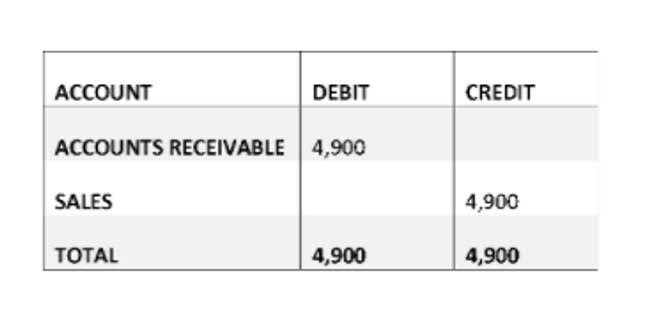What counts as a good debt ratio will depend on the nature of the business and its industry. Generally speaking, a debt-to-equity or debt-to-assets ratio below 1.0 would be seen as relatively safe, whereas ratios of 2.0 or higher would be considered risky. Some industries, such as banking, are known for having much higher debt-to-equity ratios than others. Common debt ratios include debt-to-equity, debt-to-assets, long-term debt-to-assets, and leverage and gearing ratios. Some sources consider the debt ratio to be total liabilities divided by total assets.
A low debt ratio, typically less than 0.5 or 50%, indicates that a company relies more on equity than on borrowed funds to finance its assets. During an economic downturn, when the general business environment worsens and revenues shrink, a high debt ratio poses a significant risk. Businesses with a high debt ratio can struggle to service a debt ratio of 0.5 indicates their debts, leading to potential insolvency. Borrowers may find themselves unable to repay their loans, which can lead to a vicious cycle of higher borrowing costs and potential bankruptcy. Investors, too, are likely to view a high debt ratio with apprehension during these periods, as the risk of default becomes pronounced.
What Is the Total Debt-to-Total Assets Ratio?
These companies have more assets financed by debt, meaning they have to earmark a sizable chunk of their revenue to pay back their loans. The debt ratio is valuable for evaluating a company’s financial structure and risk profile. Broadly speaking, ratios of 60% (0.6) or more are considered high, while ratios of 40% (0.4) or less are considered low.
During this period, average total assets had increased by 22.52% from $3,413,395 to $4,182,158, while average total liabilities had increased by 37.34% from $646,176 to $887,479. The rise in grain prices resulted in higher inventory prices and increased farm incomes, reducing the need for operating debt. As of 2022, average total assets stood at $5,161,982, while average total liabilities stood at $974,505.
Total Assets
At its core, the debt ratio compares a company’s total debt to its total assets. It provides a clear picture of the company’s financial obligations contrasted with what it owns. The debt ratio aids in determining a company’s capacity to service its long-term debt commitments. As discussed earlier, a lower debt ratio signifies that the business is more financially solid and lowers the chance of insolvency.
It gives a fast overview of how much debt a firm has in comparison to all of its assets. Because public companies must report these figures as part of their periodic external reporting, the information is often readily available. Companies with strong operating incomes might comfortably manage higher debt loads, while those with weaker incomes might struggle even with lower debt ratios.


